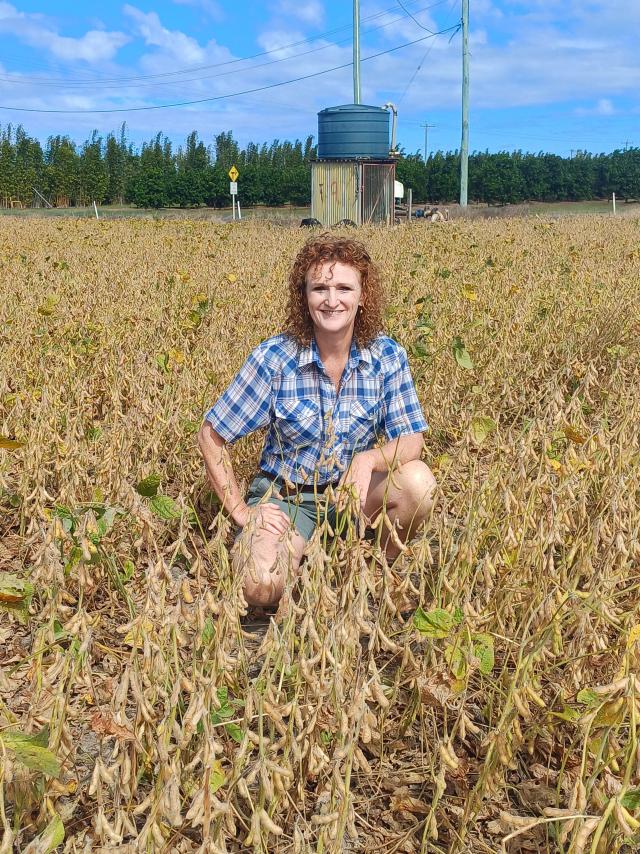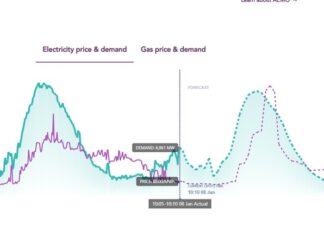
Dollars and durability are two big reasons soybeans continue to remain the summer crop of choice for many farmers on the eastern seaboard of Australia, according to a peak industry body.
Soy Australia, the peak body representing Australia’s soybean industry, believes after a challenging 2023/24 summer season in many key soybean growing regions, soybeans have really come through as a reliable crop choice for growers seeking a crop that will handle the vagaries of the weather and still be worth harvesting at the end.
“When it comes to summer crop options our growers are chasing a crop they can be pretty confident will still be alive – and worth harvesting – at the end of the season and soybeans continue to prove they are a tough crop for our tough Aussie climate” said Soy Australia’s industry development officer, Judy Plath.
Ms Plath, an agronomist working with Soy Australia to support the development of the Australian soybean industry, also farms with her husband, Jeff, at Childers, south of Bundaberg in coastal Queensland.
“The 2023/24 summer season was pretty challenging in many of our key growing regions” said Mrs Plath.
“Excess rain, high humidity and high temperatures put the crops under a lot of pressure and resulted in extra insect and disease pressure for some regions.
“In fact, Soy Australia had to seek emergency use and minor use permits for a number of pesticides during the 2023/24 season to ensure growers had control options for the unusually high pest and disease pressure experienced in some regions.
“Fortunately, Fall Army Worm (FAW) was not one of those unusual insects.
“We only received reports of two soybeans crops throughout all of Queensland and New South Wales where FAW were seen.”
According to Soy Australia, in some growing regions where growers had maize and soybeans on the same farm they spent much of the summer battling FAW in the maize, while the soybeans were far less appealing to the destructive grub.
“It was the weather that tested a lot of crops this season.
“The wet, humid and often overcast growing conditions experienced for extended periods in some regions had an impact on crop health, but the soybeans grew on regardless and in some cases, produced higher than average yields.
“It just proves what a tough crop soybeans are” said Ms Plath.
“There’s not many other crops that are so durable during tough weather conditions.”
According to Soy Australia, disease pressure in wet seasons such as 2023/24 could see more growers using fungicides in their soybeans as a preventative management strategy.
“The strategic use of fungicides could become more common if we have another wet year like we’ve just had,“ said Ms Plath.
“We probably should start thinking of fungicides as a management tool we may need to use from time to time.
“The other big reason many growers choose soybeans for their summer crop is because they are such a great legume rotational crop.
“Soybeans break the pest and disease cycle for a lot of other crops, they return excellent amounts of organic matter to the soil and, of course, are a fantastic source of free nitrogen thanks to nitrogen fixation.
“In fact, 2013 research by NSW DPI shows soybeans are the best nitrogen fixing legume when compared to peanuts, mungbeans, chickpeas, lupins, faba beans and field peas.“






